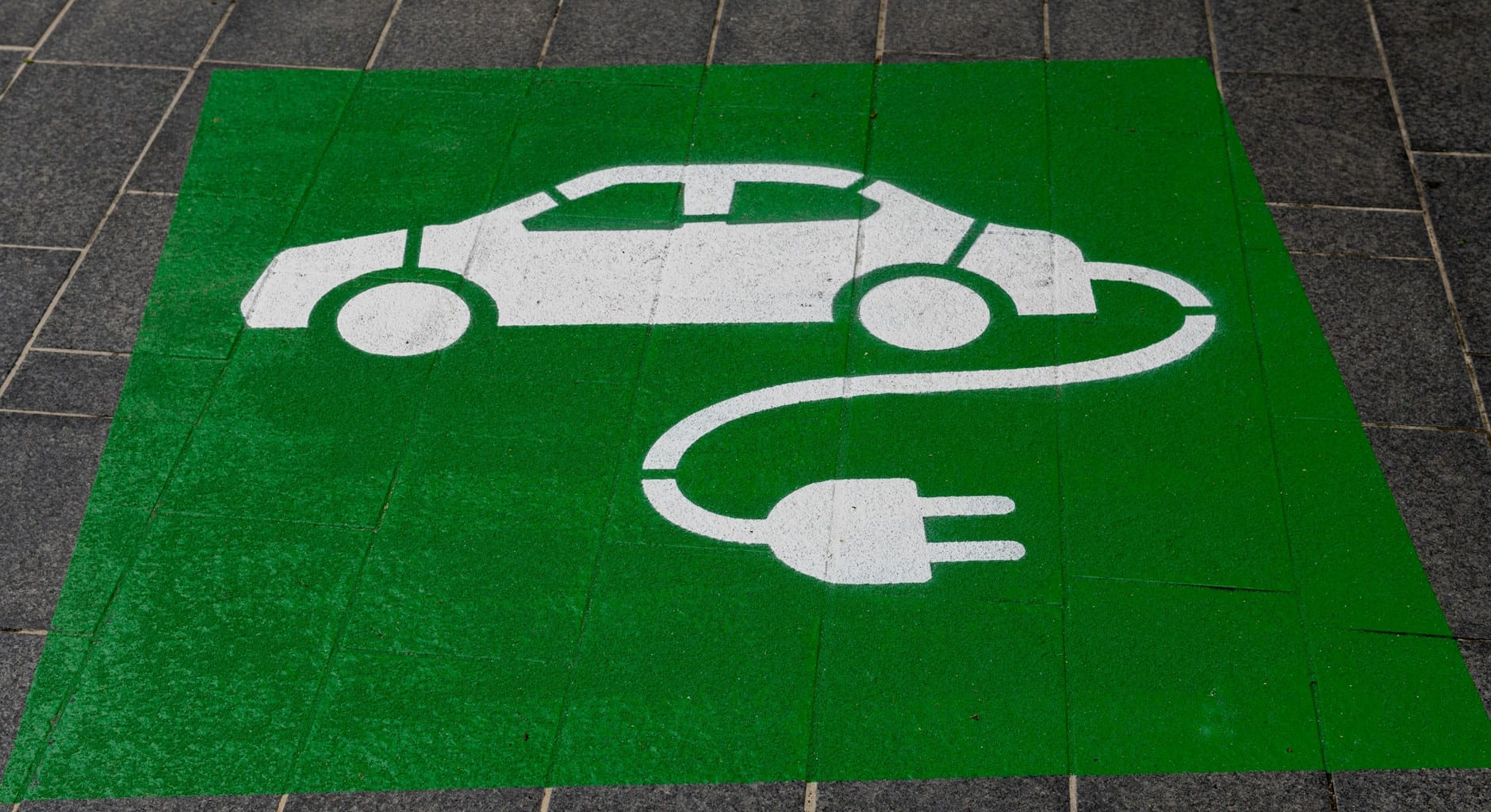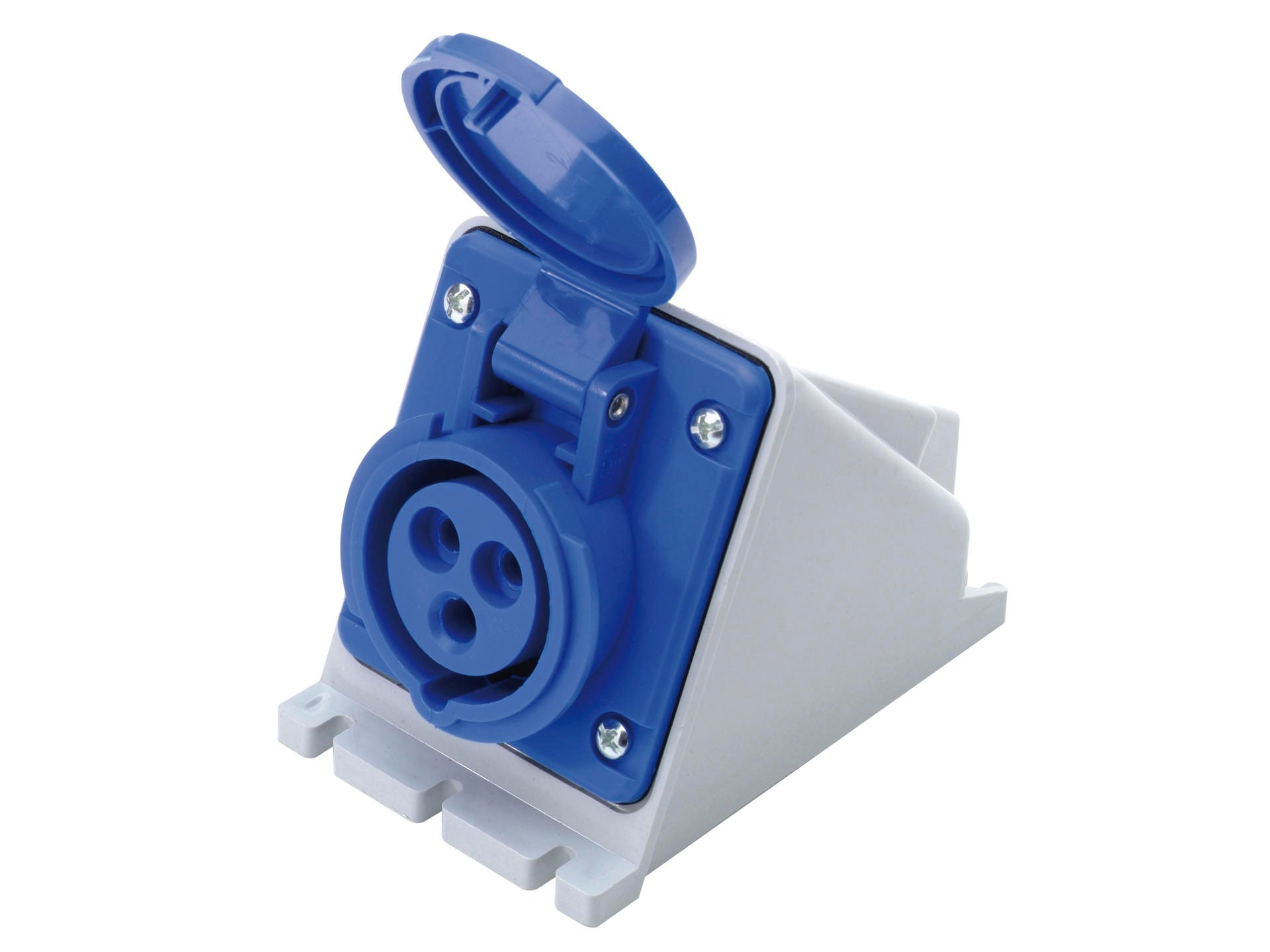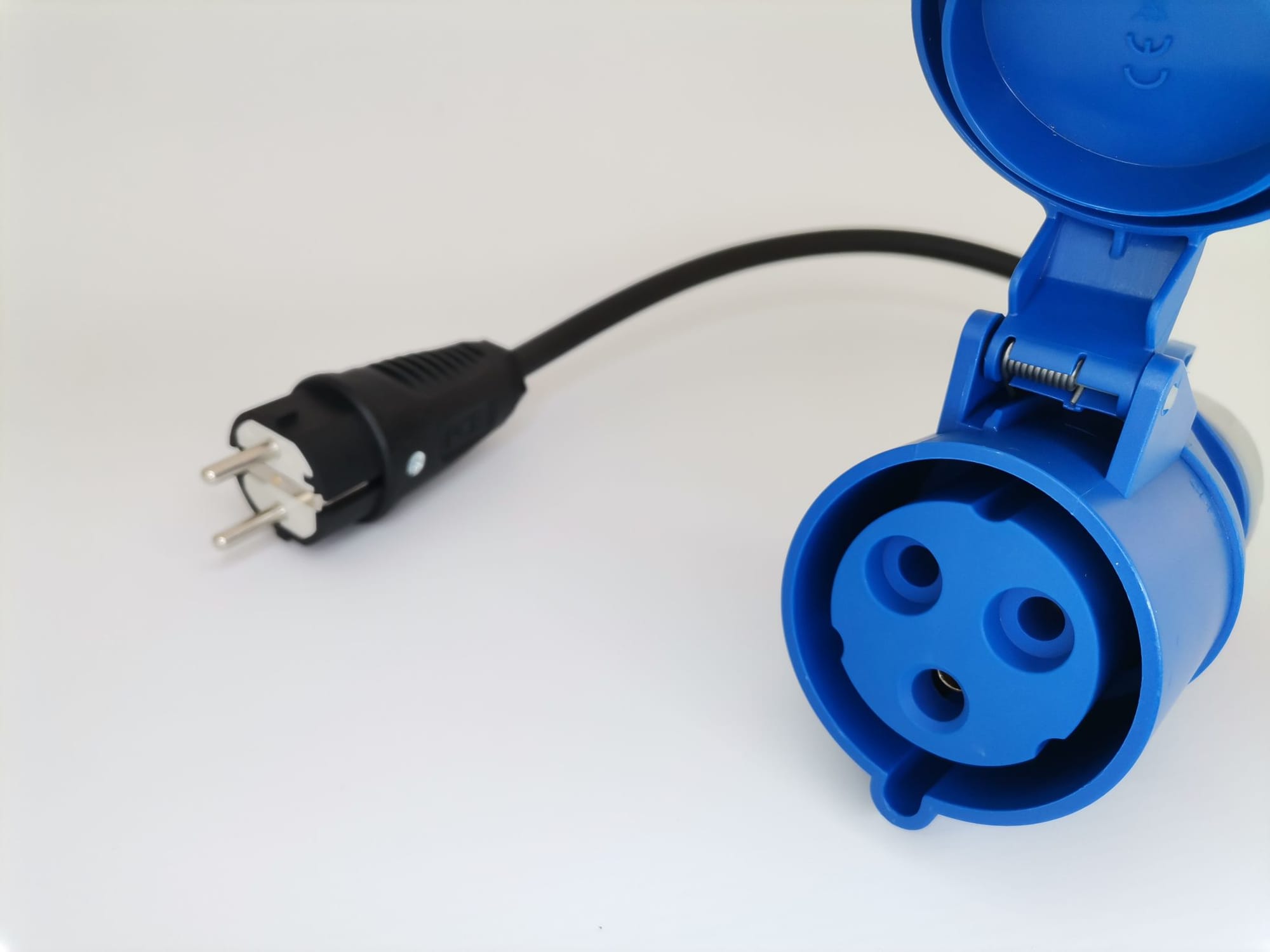Charging an EV at home

When you buy a new car or have to chose an EV at work you will have asked the question what the best what to charge your call will be, and that of course depends on a lot of different things.
Do you live in a house with a driveway or an apartment building? can you charge at work? Do you plan to move? Maybe you have a second home? What is your daily routine? How much do you drive in a week?
For me it was a bit complicated. I have a driveway but plan to move soon, in the weekend I go to the coast frequently and sometimes I stay over at friends for a few days. So I did not like the idea of investing in an expensive wall box that was provided by the leasing company and would have cost me between €1.000 and €2.000, and when I move I would have payed again to take it with me.
The big benefit of having an official wall box is of course that you can use your EV charging card and get your expenses reimbursed from work. In stead of choosing the default option from the leasing company it is at least a good idea to check some other options like Shell Recharge, and and for a few quotations. Also talk to your colleagues that already had to make that decision. Another big benefet of a solution like that is that it will not draw too much current and trip your main circuit breaker.

But if you are like me and you need a more flexible solution than the second part will be more interesting for you since it is possible to charge your car at home for around €200. But there are some limitations and things you need to consider before going for this approach.
After looking around online and on amazon for a chargers I eventually chose a random charger that was in promotion and made for single phase. That is the first thing you have to find out, do you have single phase or a 3-phase electric system in your house? Older smaller houses tend to have single phase in Belgium, but when you heat or cook using electricity you probably have 3-phase electricity. Have a look at your meter or ask an electrician if you are not sure.
The mobile chargers you can buy will have a red cee-plug for 3 x 16 A or a blue cee-plus for single phase 32 amps. with the red plug you will be able to charge at 11Kw with less risk of pulling too much power when other loads are also demanding electricity. If you have single phase like me you can still recharge your car at 7Kw but that will pull 32 amps and the maximum I can use is 40 amp.

The cee-plug is rated for a constant current draw of 32A for 6 hours, so to avoid problems when I need to charge for a longer time I limit my charger to 24 amps or 5KW. I can set my charger between 6 and 32 amp and that is a very handy feature to have. Most of the time my car battery is far from empty so even at only 24A I can recharge my car without issues over night. When I at my friends place or at a holiday home I limit the current to 10 amps and use a schuco (or type f) to cee adapter to recharge my car using a normal household socket. Again, do not draw more than 13 amps from a household socket or it can melt! Most of the time I limit it to 10 amps.

So how long does it take to charge my cars 60 KWh battery? Here are some numbers.
At 32 amps it takes less that 6 hours to go from 50% to 100% or about 10 hours from 0 to 80%, so when you plug in your car in the evening you have plenty of charge in the morning. At 24 amps it would take you 33% longer, still reasonable since your car is almost never that empty so it is the setting I use most of the time.
From a normal household socket it will take almost 14 hours to go from 50% to fully charged, still fast enough if you stay somewhere for at least a weekend and plenty to get you to a fast charger nearby.
This is also the reason why I keep that charger in my car, it gives me that extra safety knowing I can always charge my car. When owning an electric car you just need to get used to plugging it in, just like you plug in your bike when you get home.
I am very satisfied with this solution combined with an EV charging card. I do not have range anxiety even with longer trips, but I would not consider going on a long road trip or holiday and I would also avoid going skiing with an EV. The combination of all the luggage 4 people, mountains and cold weather might just be a bit too much to plan for.